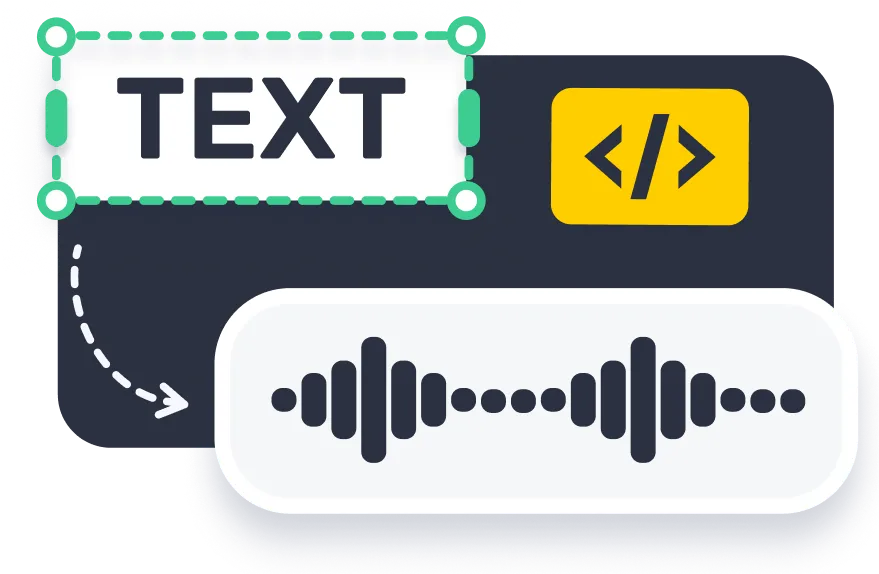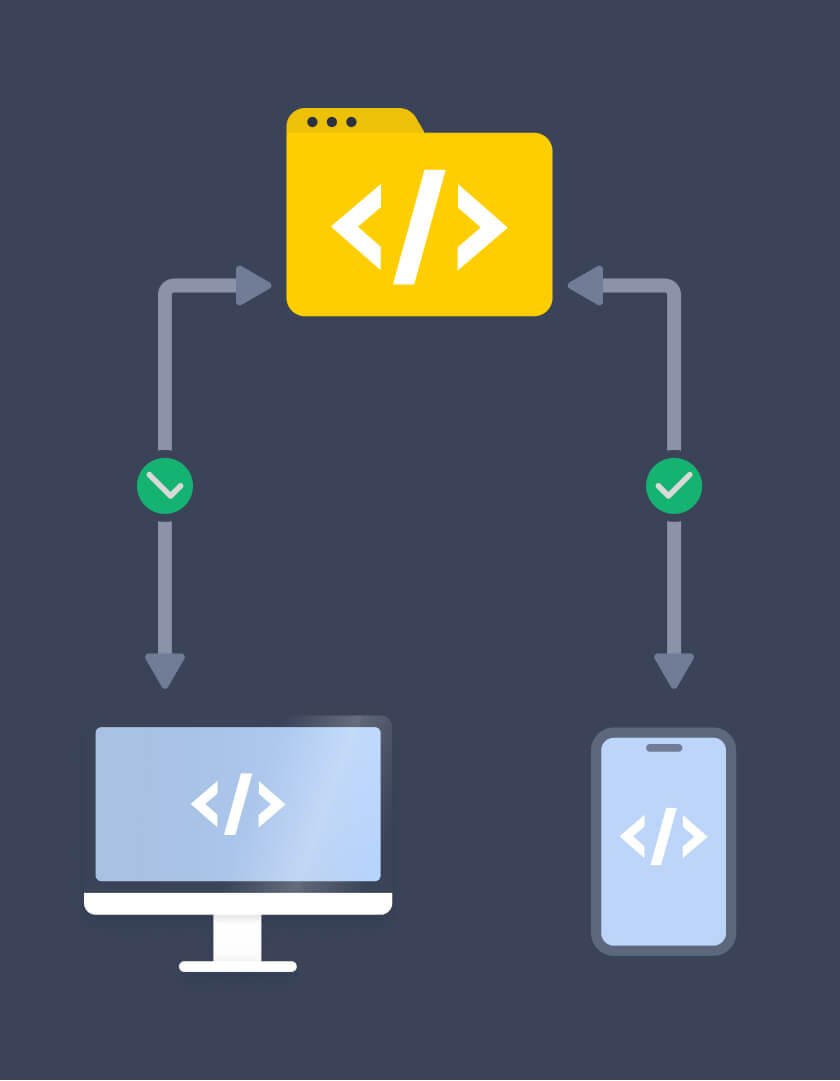Deploy high quality voices for your apps, website and other services at scale. Engage your users with Murf's natural sounding voiceovers. Differentiate your brand with custom voice clones.


Large scale content creation, elearning or integrating with interactive voice systems, Murf's text to speech APIs fit in perfectly.

Irrespective of the application, product or website, Murf text to speech API is simple to use and highly secure.

Along with API, you can create
unique voice experiences to your customers
with custom voice cloning.
Reach out to our team by simply filling and submitting the form on our API page
A member of our team will reach out to you for a brief about your exact requirements.
Relax while we get your API access ready. Check out Murf's API documentation.
Test the API with your website or application and integrate it.
Start creating experiences worth listening to.





Text to speech API is a cloud based service that enables developers to generate human-like speech output from text input. It opens up unlimited possibilities for developers to create voiceovers at scale. It enables them to quickly create high-quality, scalable voice applications in the cloud or embed voice features into existing apps and services. From IVR, elearning, broadcasting to publications and entertainment, text to voice API’s usecases are immense. The technology also plays a key role in providing content accessibility to people with reading impairments such as dyslexia, speaking impairment, visual impairments, learning disabilities, language translation challenges, and others. For example, developers can use voice API to develop applications to read aloud articles, web pages, blogs and other type of text content. Among the benefits of using text to speech API are it helps create audio recordings faster, saves money spent on getting voiceovers made manually, and makes content more accessible to a wider audience.
In essence, a text to speech API takes written text and converts it into spoken words using digital signal processing algorithms. With this text to speech API, product developers and engineers can seamlessly integrate the voice over API into their existing technology stack. To put it simply, a TTS API is used to add text to speech capability to your existing software and applications.
Some of the key functionalities of text to speech APIs include the ability to convert text to speech in real time, access wide variety of voices, support a wide range of languages and dialects. The speech generated can be converted into various formats such as mp3, flac, wav etc.,
With the world rapidly transitioning from written word to spoken voice, there is a rising need for voice related technologies. Today, people opt to listen to books rather than read them, voice to-do tasks to voice assistants instead of jotting them down, and so on. This is where voice over APIs like Murf text to speech API serve as an easy way to make text to speech even more efficient, streamlined, and resource-light. Integrate Murf text to speech API seamlessly with your system and become an effective voice over generating machine—no complex coding required.
There are several factors that make Murf the best text to speech API on the market. One is the fact that the platform supports multiple dialects and accents. For example, Murf supports AI voices in American English, British English and African American English.
With murf's text to speech API, you can also control the way every voiceover sounds. You can customise the voiceover using Pitch, Style and speed of the narration API parameters.
Text to speech API opens up unlimited possibilities for businesses to create speech synthesis at scale for different products and services.
By integrating Murf’s voice API into IVR systems or conversational systems, call centres and other customer support service businesses can automate inbound and outbound calls and turn the IVR of a customer service interaction into a unique customer experience. Text to speech API has large scale usecases like enabling voices in Virtual reality systems, Metaverse games, Chatbots, Virtual assistants across mobile devices, automobiles, public announcements and IVR. Conversational AI is a fast growing vertical where text to speech APIs enable access to realistic text to speech voices .
Text to speech API can also be used to automatically generate broadcast messages, alerts, news, updates, or event notifications providing an engaging and easy way to communicate with a wide audience. Text to speech API creates new ways to provide audiences with a more convenient and immersive experience through audible game content, narration, toys, and much more.
Voice over API also opens a number of advantages for elearning businesses. For example, it facilitates instant one-to-one voice calls, establishing a personalized connect between the users. Educational providers can use text to speech API to communicate and broadcast important updates, including class schedules and upcoming classes to parents.
That said, integrating Murf, one of the best text to speech softwares enables businesses to have a distinct and authentic brand voice using voice cloning that they can use in all of their communications for building a strong brand presence. And that also means organizations don't have to worry about changing voice actors and can quickly generate engaging and realistic audio messages.
Individuals with learning disabilities or visual impairment can access news, information, or educational materials online with the help of Murf TTS API. They can quickly integrate audio-based content to their devices and consume the same information as everyone else.
With Murf text to speech API, individuals can also get ahead of the changing trends as it enables you to listen to instructions, books, articles, and even sales messages on the go. Text to speech API helps you create human-sounding voice overs in minutes, increasing the potential of your messages and making them more convenient to consume for your audience.
Furthermore, text to speech API can be a game changer for the elderly who may be visually impaired or have difficulties reading text. They can hear the information in real time and, simultaneously, embrace the full potential of what the digital world has to offer.
By integrating Murf with your product or services, you get access to the best AI voice technology that help create engaging experiences. Here is a step by step guide to get started with Murf voice API. You can also get started with Murf's API documentation.
Ensure you first have a Murf account. Make a request by prepending the base URL of Murf REST API to generate the full URL. You need to know the path and the HTTP method of request for this.
If you're on Murf's enterprise plan and would like to use Murf API, opt-in by contacting our support team and they will guide you on how to generate your own API key.
The endpoint will give you a list of all the voices available for voice generation. You can use the data from this endpoint as a reference on what voice to choose, or take inspiration from Murf's landing page and create a visual voice selector for your customers.
Using the auth token and the end point, convert your text into speech. You can also customize API parameters to add custom pronunciations and even add emphasis if needed.